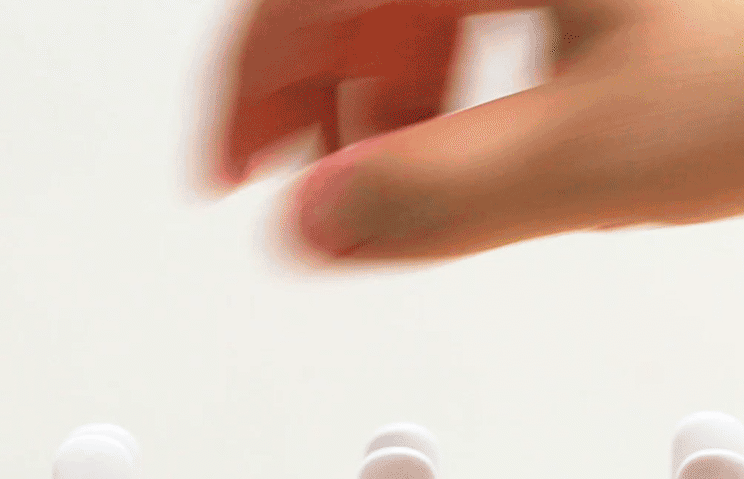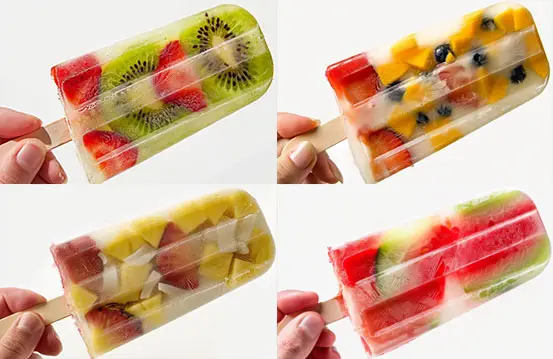Ingredients
for 6 popsicles
1 cup strawberry
1 cup kiwi
1 ½ cups water
Special Equipment
popsicles mold, with 6 slots
Preparation
1. Cut kiwis and strawberries into thin slices. Remove kiwi skin, and discard strawberry tops.
2. Fill the popsicles mold with the fruit.
3. Fill in the gaps of air with water.
4. Freeze the popsicles for at least 5 hours.
5. Take the frozen popsicles out of the ice molds and enjoy!
What's More Of course, you can explore even more flavors this summer. You can refer to the fruit varieties I've recommended before. Here are a few of my favorite fruit pairings that I love Pineapple Coconut Popsicles Blueberry Mango Popsicles Watermelon Popsicles
Alright, darlings, gather 'round because we need to talk about the travesty that is your kitchen knife etiquette. Knives are like the Louboutins of your kitchen—absolutely essential, and if you're not treating them right, you're wasting serious culinary potential. I got the inside scoop from some top chefs on the most horrendous knife mistakes you're making and how to fix them, so let’s dive in and get your kitchen game on point.
1. Don't Leave a Knife Wet
Seriously, if you’re leaving your knives to air dry, you might as well throw them in the trash. Dry your knife right away after washing. Don't let it sit. Leaving it wet can dull the blade or cause rust. And don’t even think about soaking them overnight. Quick wash and dry, people!
2. Keep Knives Out of the Dishwasher
Do I even need to say this? Dishwashers are the graveyard of sharp tools. Always handwash to make sure it's properly scrubbed with soapy water and dry it immediately. Dishwashers will ruin your knives faster than you can say “dull Airbnb knife.”
3. The Blade Isn’t a Scraper
Stop using the sharp side of your knife to scrape food off your cutting board! Use the backside to avoid dulling it. Or, better yet, use a bench scraper. Your knife is for cutting, not scraping, darling.
4. Picking the Wrong Knife
Most of you are either overestimating or underestimating your knife needs. The fancy Japanese knives are for pros who know how to take care of them. If you buy something super cheap, it’ll get dull after a few uses. Start with a good, affordable brand that’s durable.
5. Sharpen Your Knives
A dull knife is a dangerous knife. Sharpen them at least twice a year. Learn to use a whetstone or take them to a pro. Trust me, it’s worth it.
6. If You Can’t Commit to Sharpening, Pick Serrated
Serrated knives stay sharper longer and can be used for more than just bread. If you’re not going to sharpen your knives, stick with serrated ones. They’re low maintenance and versatile.
7. Store Your Knives Correctly
Stop slamming your knives onto magnetic holders! Let the spine of the knife touch the holder first and then gently let the edge connect. And please, no storing knives tip-down in utensil holders. Use a magnetic strip, cork-lined drawer, or knife cover.
8. Serrated Blades Are Best For Acidic Foods
Acidity can corrode the blade edge, causing faster deterioration. Use serrated knives for tomatoes, lemons, and citrus fruits to preserve your other blades.
There you have it, folks. Stop making these knife faux pas and start treating your kitchen like the gourmet sanctuary it’s meant to be. Happy chopping!


